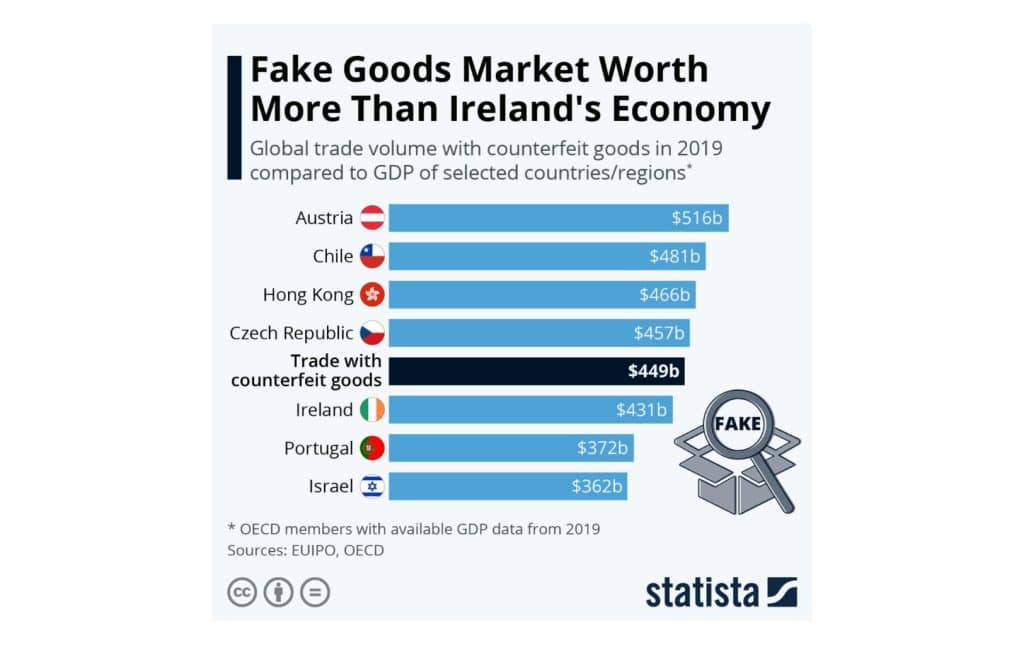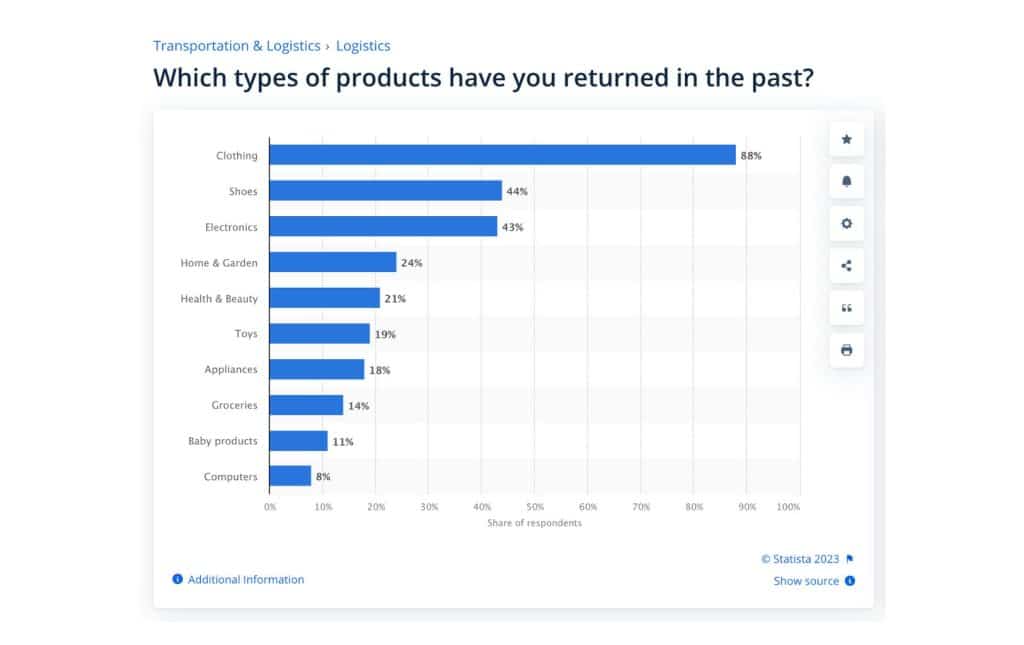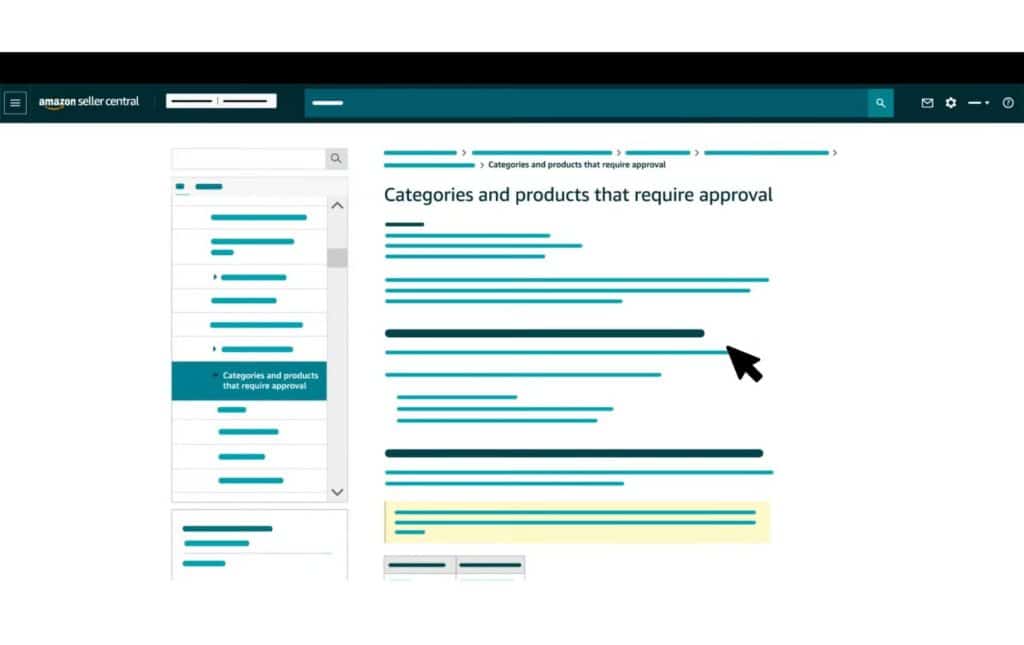Amazon restricted categories represent a select group of product listings that require approval before sellers can offer them on the platform.
While the platform welcomes a vast array of products, certain categories are deemed “restricted” due to various reasons, ranging from safety concerns to regulatory compliance.
These restricted categories, sometimes called Amazon gated categories, require sellers to undergo a specific approval process before listing their products.
Below, we delve into the intricacies of Amazon’s restricted categories, and the approval process sellers must navigate to offer their products within these categories.
Why are Some Categories Restricted on Amazon?
Restricted Amazon categories help ensure that customers in the marketplace can shop with confidence.
Here are some reasons behind Amazon restricted categories:
Product Quality
Amazon wants to ensure that the products sold on its platform are high quality. By restricting certain categories, Amazon can better control and monitor the quality of products being sold.
In addition, certain categories are more prone to counterfeit products. In fact, the Global Trade in Fakes report by the OECD and the European Union IP Office underscores the immense scale of the counterfeit goods market.
The report, cited by Statista, revealed that trade in counterfeit products reached an estimated $449 billion in 2019 – more than the economic output of Ireland.

By restricting these categories, Amazon can reduce the number of counterfeit items on its platform.
Related content: Amazon Brand Gating
Regulatory and Compliance Issues
Some products have specific regulations or compliance requirements. Amazon restricts these categories to ensure that all products sold meet these requirements.
In addition, some products can be hazardous if not handled or used correctly. Amazon restricts these categories to ensure that only sellers who meet specific safety standards can list these products.
High Return Rate
Products in certain categories might have a higher return rate due to size, fit, or other reasons. Amazon might restrict these categories to ensure a better customer experience.
For instance, Statista’s data on the most frequently returned products online ranks electronics third and health and beauty products fifth. Both are under Amazon restricted categories.

Through restriction, Amazon can ensure that only reputable sellers are listing products in these categories.
What are the Restricted Categories on Amazon?
Here’s a list of Amazon-restricted categories as per Amazon Seller Central:
|
|
|
For some restricted products, Amazon mandates prior approval before you can create listings under them. Plus, some specific categories will require you to furnish extra details or provide an added assurance before you can list items.
If you’re using the Fulfillment by Amazon (FBA) service, make sure to check the Amazon FBA restricted products page. This page highlights items not suitable for the FBA program.
In addition to complying with Amazon’s restricted products list, if you’re selling products for global buyers, you need to make sure that your listings adhere to all relevant laws and standards in the country you’re selling.
Also, there are certain items that come with extra regulations in California. It’s best to consult with an Amazon professional or a legal counsel if you’re not sure if your products need extra clearance or not.
Why Sell Amazon Restricted Categories?
Do gated categories Amazon mean sellers are better off sticking to safe and profitable categories like home & kitchen? Not necessarily.
For one, avoiding Amazon restricted categories just because there’s an application process would mean missing out on huge potential sales.
This chart of Amazon’s sales distribution shows electricals, home, health and beauty, and household and pet care are among the strongest products in the marketplace.

Some of these products may coincide with Amazon restricted categories list. Avoiding these product groups altogether just to dodge the approval process is counter-intuitive to business owners looking to drive growth
In addition, many restricted categories often have fewer sellers, which can mean less competition. Tackling these categories can give you an edge and potentially lead to higher sales.
How to Get Approved for Amazon Restricted Categories
Here are the steps to get your products ungated to be able to sell products under Amazon restricted categories.
Step 1: Check Eligibility
Before applying, ensure that you meet the basic eligibility criteria, including:
- Having an active Professional Seller account
- Complying with Amazon’s performance targets and policies
Depending on the Amazon restricted categories you’re applying for, you may also have to provide specific documentation. This can include invoices, certificates, or other relevant documents that prove the authenticity and safety of your products.
Step 2: Apply for Approval
To list a product under Amazon restricted categories, go to the Inventory tab in Seller Central and select “Add a Product.” Search for the item you want to sell.

In the search results, click on “Listing limitations apply” next to the product. Click on “Request Approval” to begin the application process.
Step 3: Complete Your Application
Follow the on-screen instructions to complete the application. You may need to fill out additional information, answer questions, or provide documentation required for the categories you’re applying for.
Step 4: Wait for Approval
Your application will go through the marketplace’s screening process. The review process can take anywhere from a few hours to several weeks, depending on gated Amazon categories and the information you submit.
Step 5: Check Your Status
Review the status of your application for Amazon seller restricted categories in Seller Central under “Manage Your Applications.”
Tips to Get Approved for Amazon Restricted Categories
Sellers who consistently provide a positive buying experience are more likely to gain trust and privileges on the platform.
Here are a few actionable tips to get approved for Amazon gated categories:
Maintain a Good Seller Performance
Regularly monitor your seller feedback, address customer concerns promptly, ensure accurate product listings, and provide excellent customer service to maintain a stellar performance.
That said, keeping your Order Defect Rate (ODR) low is vital. This metric encompasses negative feedback and credit card chargebacks. A low ODR indicates that customers are generally satisfied with your service.
Provide Authentic Documentation
Source products from reputable suppliers and keep all purchase records organized and easily accessible. It also pays to ensure that the documents clearly show the product details, purchase dates, and supplier information.
Authentic documentation verifies the legitimacy of your products and ensures they meet Amazon’s quality standards.
Be Patient and Persistent
The approval process for restricted categories can be rigorous. Besides, not every application is approved on the first try. So, it’s best to treat each rejection as a learning opportunity.
Make sure to address the feedback provided, make necessary adjustments, and reapply with confidence.
The Bottom Line
For many consumers, having a diverse range of approved products can make the difference between finding that perfect item or adding it to their wish list on Amazon.
Thus, navigating the intricacies of Amazon restricted categories is crucial for sellers aiming to expand their product range and reach a broader audience.
By adhering to Amazon’s guidelines, you can strategically engage in category targeting, ensuring your products align with both Amazon’s standards and customer expectations.
Staying informed and compliant with Amazon’s policies will undoubtedly position sellers for success in this competitive marketplace.
Author

Carla Bauto Deña is a journalist and content writer producing stories for traditional and digital media. She believes in empowering small businesses with the help of innovative solutions, such as e-commerce, digital marketing, and data analytics.



